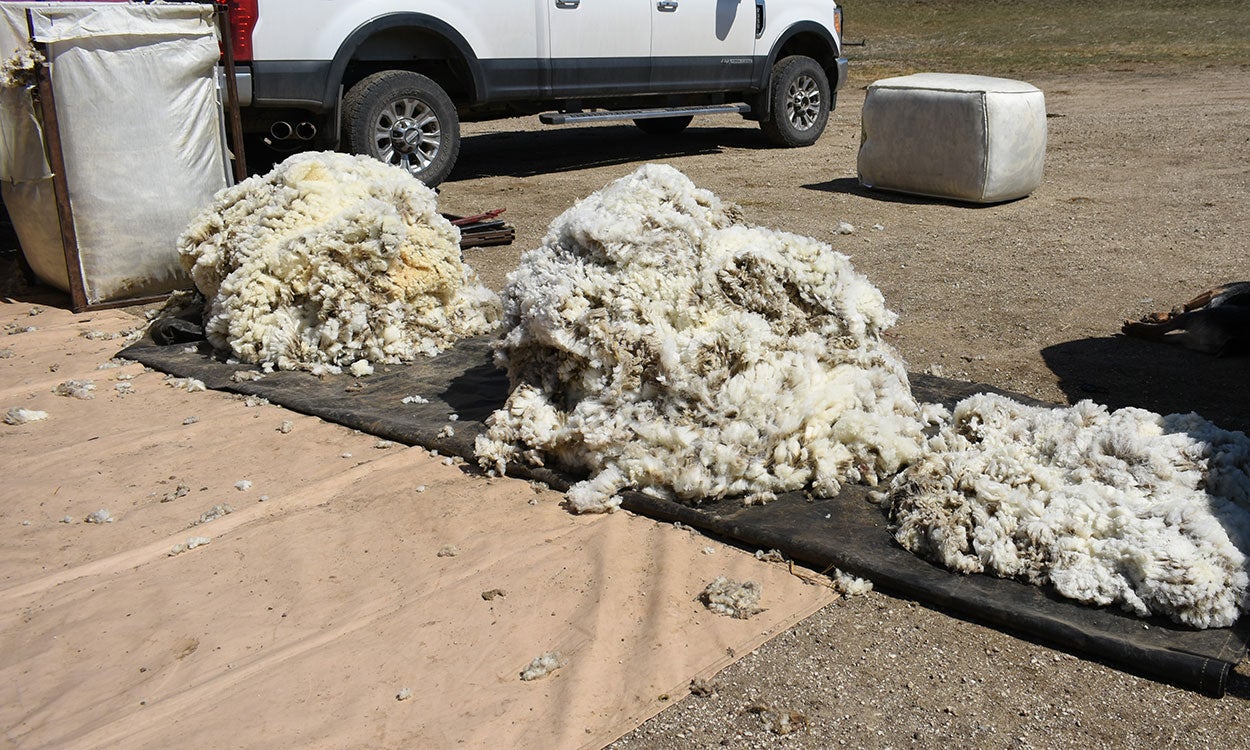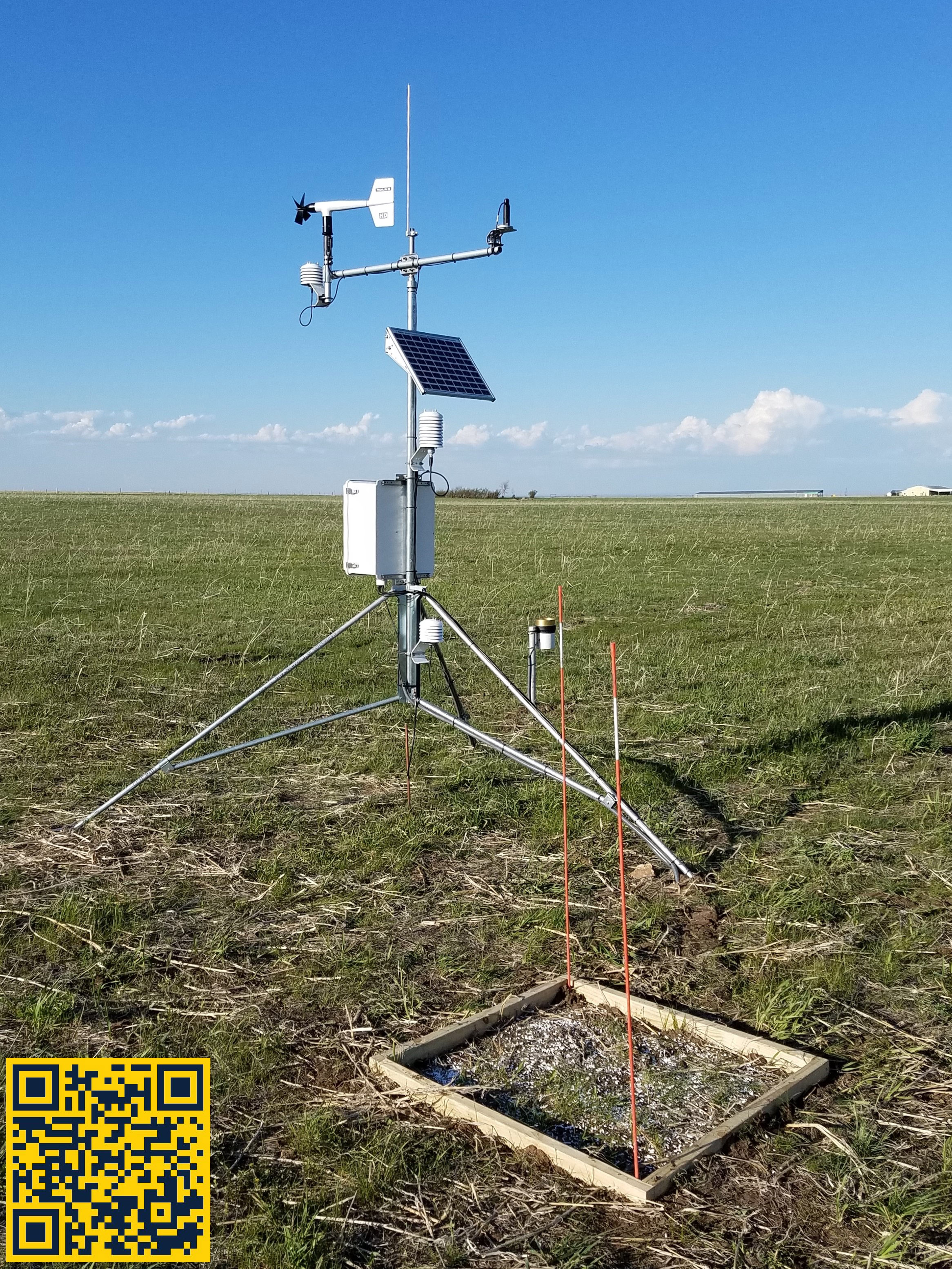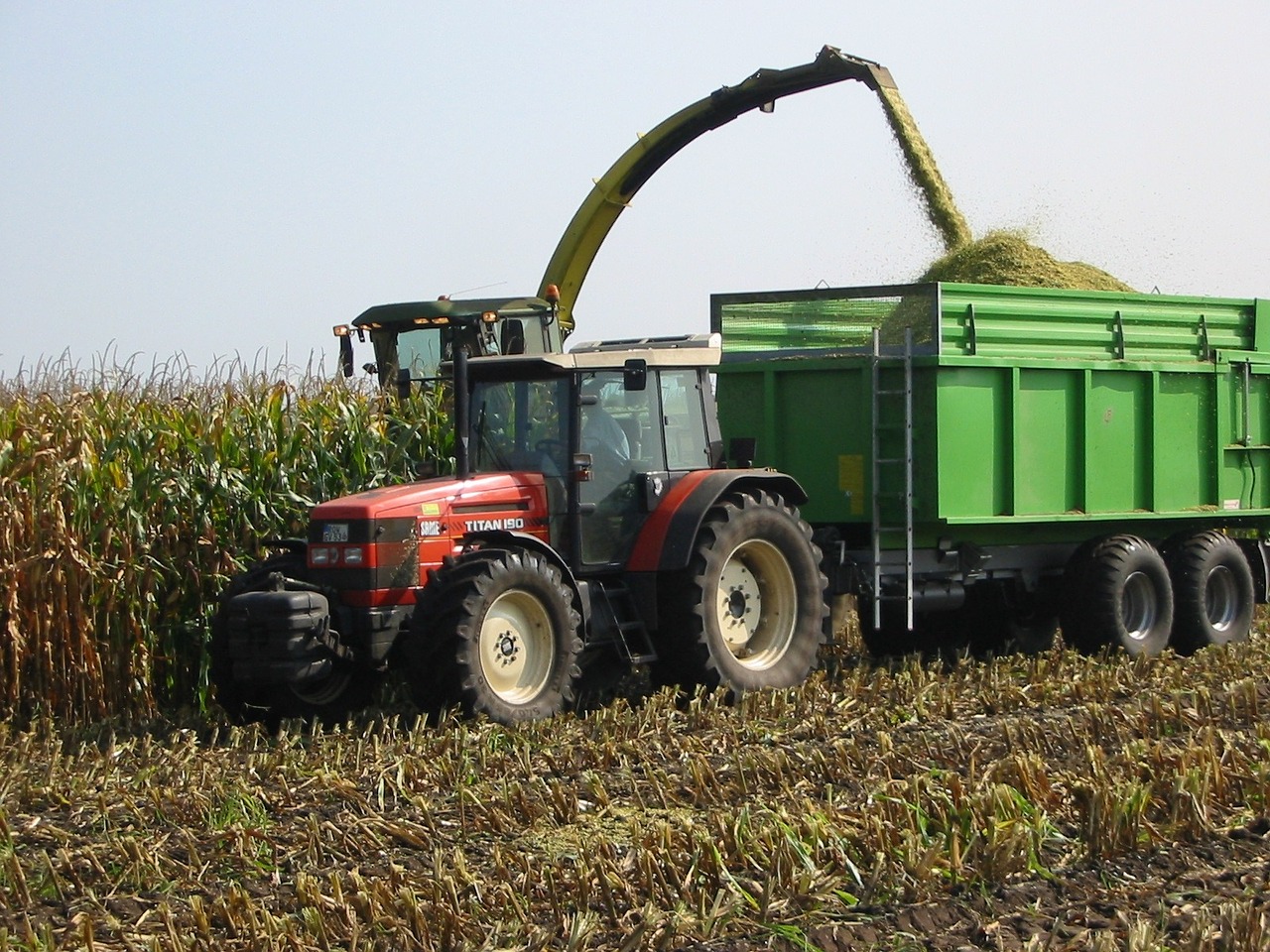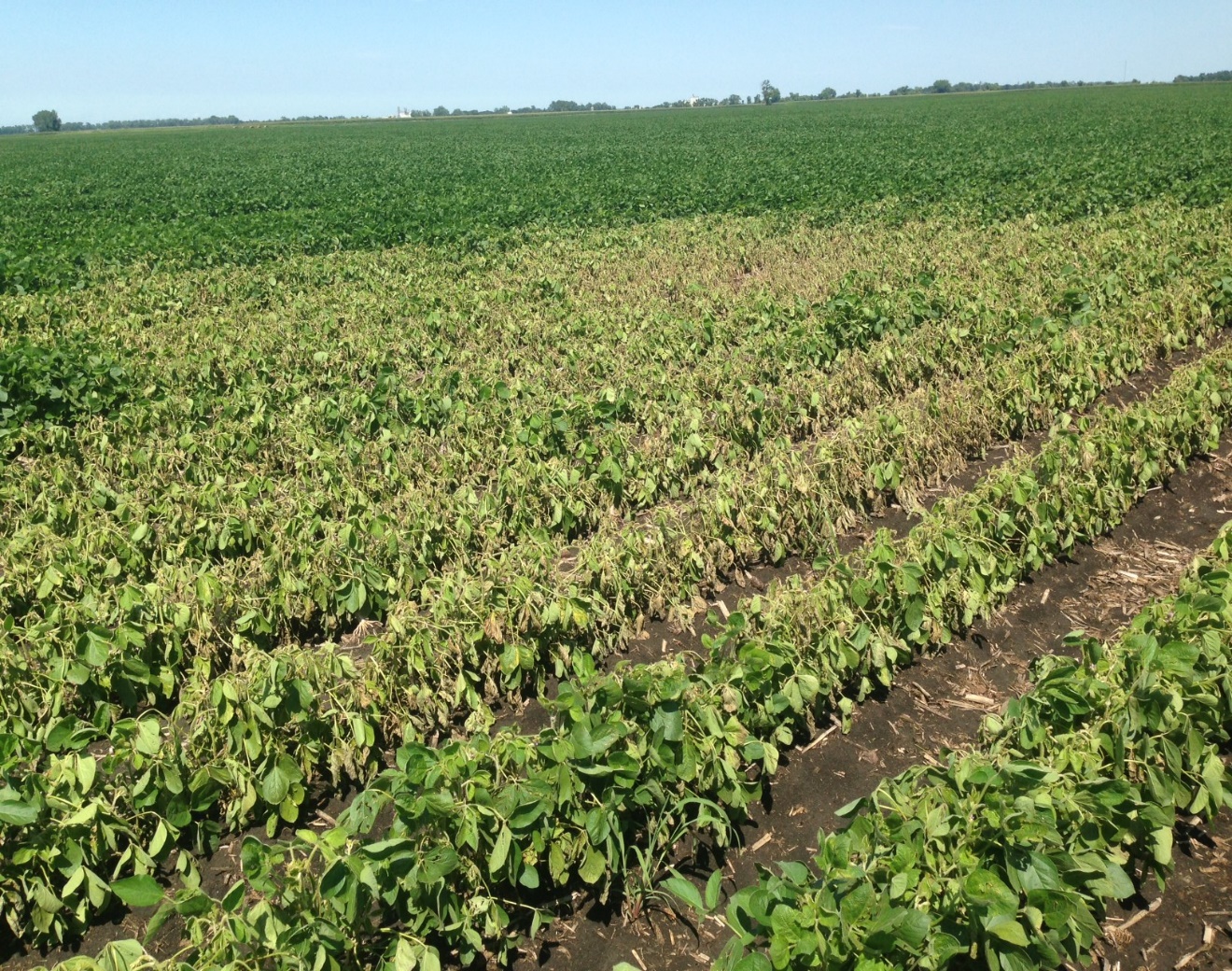Search

Considerations for Increasing Wool Value
The wool market continually rewards those who emphasize high-quality production. Efforts to increase wool clip value can be made through regular management practices and proper wool clip preparation at shearing.

Climate and Weather
View resources to predict, prepare and recover from weather-related events year-round, including the latest drought and flood information.

Silage: Minimizing Losses and Maximizing Value
Optimizing silage value starts by harvesting at the right moisture content.

Wall Blizzard of 2022: Carolynn Anderson and Mary Williams
On this episode of Home Starts Here, Kara Harders and Joshua Hofer meet with Mary Williams and Caroline Anderson of Wall Drug, South Dakota.

Replanting Considerations
Every season weather events such as hail or flooding can damage or destroy previously planted crops in all or in portions of fields. In May or even early June, many producers will replant these areas. As the end of June approaches, the window for replanting narrows and producers may want to do a more careful evaluation of whether or not to replant.

Wet Feet in Wheat
Given the widespread wet conditions present this spring, there are many areas in winter wheat fields with both ponding and saturated (or waterlogged) soils. Producers may want to consider soil conditions and evaluate extended weather forecasts when deciding whether or not to retain a winter wheat this spring.